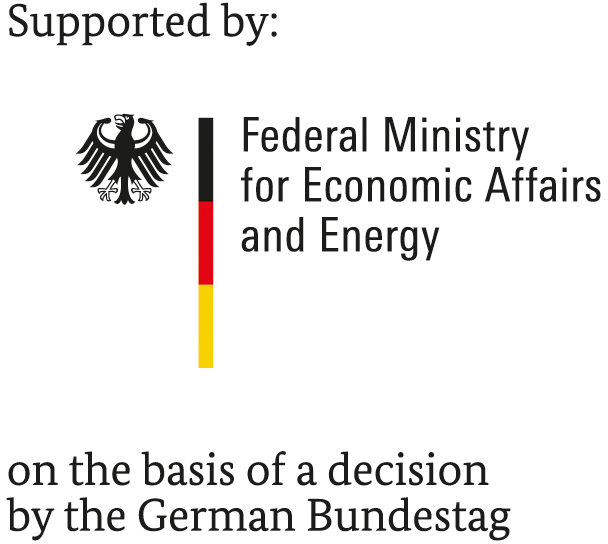PKPD behaviour - 5-Lipoxygenase inhibitors
Description
Formats
- Systems Biology Markup Language Level 3 Version 1 Core
- Systems Biology Markup Language Level 2 Version 5
Links
Switching from simple to complex oscillations in calcium signaling.
Description
We present a new model for calcium oscillations based on experiments in hepatocytes. The model considers feedback inhibition on the initial agonist receptor complex by calcium and activated phospholipase C, as well as receptor type-dependent self-enhanced behavior of the activated G(alpha) subunit. It is able to show simple periodic oscillations and periodic bursting, and it is the first model to display chaotic bursting in response to agonist stimulations. Moreover, our model offers a possible explanation for the differences in dynamic behavior observed in response to different agonists in hepatocytes.
Formats
- Systems Biology Markup Language Level 3 Version 1 Core
- Systems Biology Markup Language Level 2 Version 5
Links
Systems Modeling of Interactions between Mucosal Immunity and the Gut Microbiome during Clostridium difficile Infection.
Description
Clostridium difficile infections are associated with the use of broad-spectrum antibiotics and result in an exuberant inflammatory response, leading to nosocomial diarrhea, colitis and even death. To better understand the dynamics of mucosal immunity during C. difficile infection from initiation through expansion to resolution, we built a computational model of the mucosal immune response to the bacterium. The model was calibrated using data from a mouse model of C. difficile infection. The model demonstrates a crucial role of T helper 17 (Th17) effector responses in the colonic lamina propria and luminal commensal bacteria populations in the clearance of C. difficile and colonic pathology, whereas regulatory T (Treg) cells responses are associated with the recovery phase. In addition, the production of anti-microbial peptides by inflamed epithelial cells and activated neutrophils in response to C. difficile infection inhibit the re-growth of beneficial commensal bacterial species. Computational simulations suggest that the removal of neutrophil and epithelial cell derived anti-microbial inhibitions, separately and together, on commensal bacterial regrowth promote recovery and minimize colonic inflammatory pathology. Simulation results predict a decrease in colonic inflammatory markers, such as neutrophilic influx and Th17 cells in the colonic lamina propria, and length of infection with accelerated commensal bacteria re-growth through altered anti-microbial inhibition. Computational modeling provides novel insights on the therapeutic value of repopulating the colonic microbiome and inducing regulatory mucosal immune responses during C. difficile infection. Thus, modeling mucosal immunity-gut microbiota interactions has the potential to guide the development of targeted fecal transplantation therapies in the context of precision medicine interventions.
Formats
- Systems Biology Markup Language Level 3 Version 1 Core
- Systems Biology Markup Language Level 2 Version 5




This model is described in the article:
Systems pharmacology models can be used to understand complex pharmacokinetic-pharmacodynamic behavior: an example using 5-lipoxygenase inhibitors. Demin O, Karelina T, Svetlichniy D, Metelkin E, Speshilov G, Demin O Jr, Fairman D, van der Graaf PH, Agoram BM. CPT Pharmacometrics Syst Pharmacol 2013; 2: e74
Abstract:
Zileuton, a 5-lipoxygenase (5LO) inhibitor, displays complex pharmaokinetic (PK)-pharmacodynamic (PD) behavior. Available clinical data indicate a lack of dose-bronchodilatory response during initial treatment, with a dose response developing after ~1-2 weeks. We developed a quantitative systems pharmacology (QSP) model to understand the mechanism behind this phenomenon. The model described the release, maturation, and trafficking of eosinophils into the airways, leukotriene synthesis by the 5LO enzyme, leukotriene signaling and bronchodilation, and the PK of zileuton. The model provided a plausible explanation for the two-phase bronchodilatory effect of zileuton-the short-term bronchodilation was due to leukotriene inhibition and the long-term bronchodilation was due to inflammatory cell infiltration blockade. The model also indicated that the theoretical maximum bronchodilation of both 5LO inhibition and leukotriene receptor blockade is likely similar. QSP modeling provided interesting insights into the effects of leukotriene modulation.CPT: Pharmacometrics & Systems Pharmacology (2013) 2, e74; doi:10.1038/psp.2013.49; advance online publication 11 September 2013.